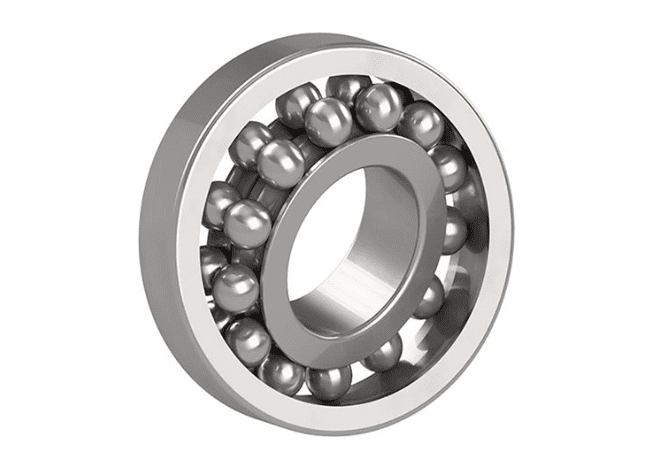Now, let’s take a small step forward in discussing the main topics related to the world of bearings, asking ourselves what is meant by bearing play, and why it is important to become familiar with this concept, which is frequently encountered in both technical and non-technical readings.
Internal Play in Ball Bearings
To provide a precise definition of the above, let’s start by remembering that internal play of a bearing means the displacement of one ring relative to another in a radial or axial direction (respectively referred to as radial internal play or axial internal play).
Initial or Operational Play?
Having clarified the premise, it becomes important to understand how internal play in bearings functions by distinguishing between two different forms of “play”: initial internal play and operational internal play. As you might guess, the first refers to the play in the bearing before mounting, while the second form relates to bearings in operation that have already reached a stable temperature.
Operational Internal Play Values
Typically, the initial internal play in bearings is greater than the operational internal play: the reasons can be many, but they are primarily due to interference fits on the shaft or housing, along with the effect of thermal expansion of the bearing rings on one side, and the components of the fit on the other.
Choosing Internal Play
At this point, it is also worth noting that the operational internal play in a bearing can be determined by various elements that, unless you have sufficient practical familiarity, you may not be fully aware of. For example, operational play in a bearing can be significantly influenced by the preload class, the actual fits of the bearing on the tapered seat, the consequences of certain form errors, or dimensional variations caused by operating temperature (which may be related to device start-up or seasonal factors).

